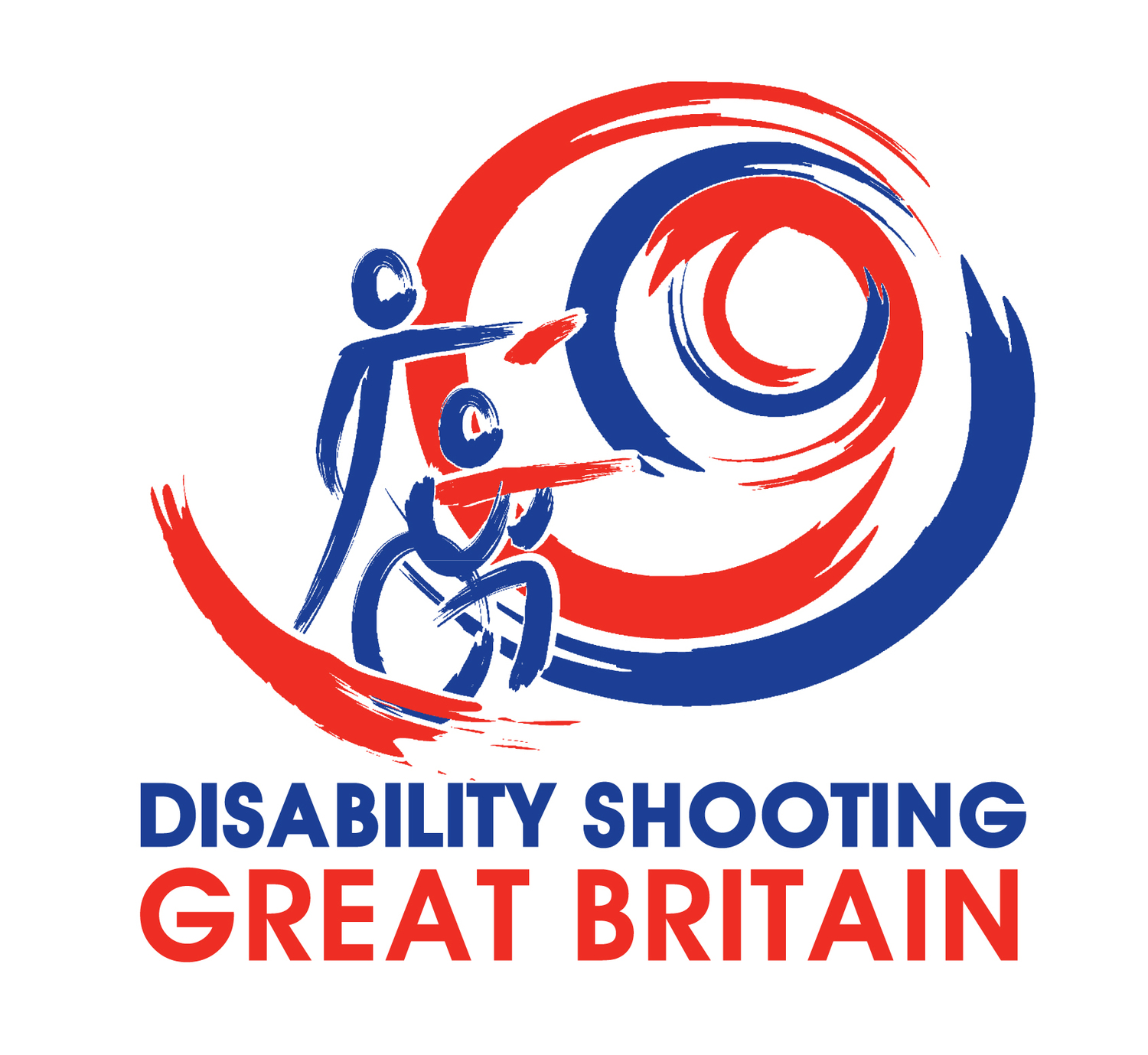Classification
Anybody who wishes to compete at an international level must receive a medical classification based on the functional level of their disability. This is first done at national level by the national classifier and then again later by two independent international classifiers. It is important to note that not everybody with a physical disability is able to be classified. Those people who are deemed to be unclassifiable will not be able to compete at international level, but can still compete in national competitions. Classifications can also be changed at any time.
Shooting uses a classification system which enables athletes from different disability groups with the same level of functional ability to compete together.
They are divided into two classifications as follows (as determined by IPC Shooting regulations).
- SH1 - Pistol and Rifle competitors that do not require a shooting stand.
- SH2 - Rifle competitors who are not able to support the weight of the firearm with their arms and therefore require a spring mounted stand to shoot.
There are 10 events for SH1 athletes and two for SH2 shooters.
Each classification is broken down into sub-classifications, as follows:
SH1
SH1A - Sitting competitors who are able to stand and have normal trunk functions. No backrest is allowed on the shooting chair. These competitors may choose to stand to compete if they wish.
SH1B - Sitting competitors who have non-functional lower limbs or severe problems in lower limbs and have good pelvis control (functional abdominal/spinal extensors, m.quadratus lumborum). A low backrest is allowed on the shooting chair.
SH1C - Sitting competitors with non-functional lower limbs or severe problems in lower limbs and fair/none trunk functions. A high backrest is allowed on the shooting chair.
All competitors in class SH1 compete in the same class; the subclasses are only to define the backrest height according to their classification.
Sitting competitors in class SH1A may choose to stand, but if so they must stand free of any artificial support with the exception of medically certified normal prosthesis/orthosis.
In the case of SH1 arm-amputee shooters, it is allowed to hold the rifle with a normal prosthesis, as long as the prosthesis does not grip the rifle and does not have a fixed elbow.
SH2
Rifle competitors who have measurable and/or visible permanent disability in upper limbs and therefore are unable to support the weight of a rifle for the purpose of the competitions with their upper limbs and require a shooting stand.
These groupings of disabilities are to be used as a guide only and the classification panel can assess each case in their full shooting equipment in the shooting positions.
SH2A - Sitting competitors who have one non-functional upper limb or severe problems with both upper limbs and have normal trunk functions. No backrest is allowed on the shooting chair. These competitors may choose to stand to compete if they wish.
SH2B - Sitting competitors who have non-functional lower limbs or severe problems in lower limbs and have good pelvis control. A low backrest is allowed on the shooting chair.
SH2C - Sitting competitors who have non-functional lower limbs or severe problems in lower limbs and have fair/none trunk functions. A high backrest is allowed on the shooting chair.
(Note: The high backrest is up to 10 cm below the armpits).
All competitors in class SH2 compete in the same class; the subclasses are only to define the backrest height and the spring flexibility according to the classification.
All competitors in Class SH2 compete in the same class and will use an approved support stand to support the weight of the rifle. No other support or mechanical devices may be used as a support for the rifle. The shooting stand may be fixed to the table or on a tripod.
The combination of balance, disability and arm/finger strength and function will determine which spring the shooter shall use and will be assessed at the classification.

